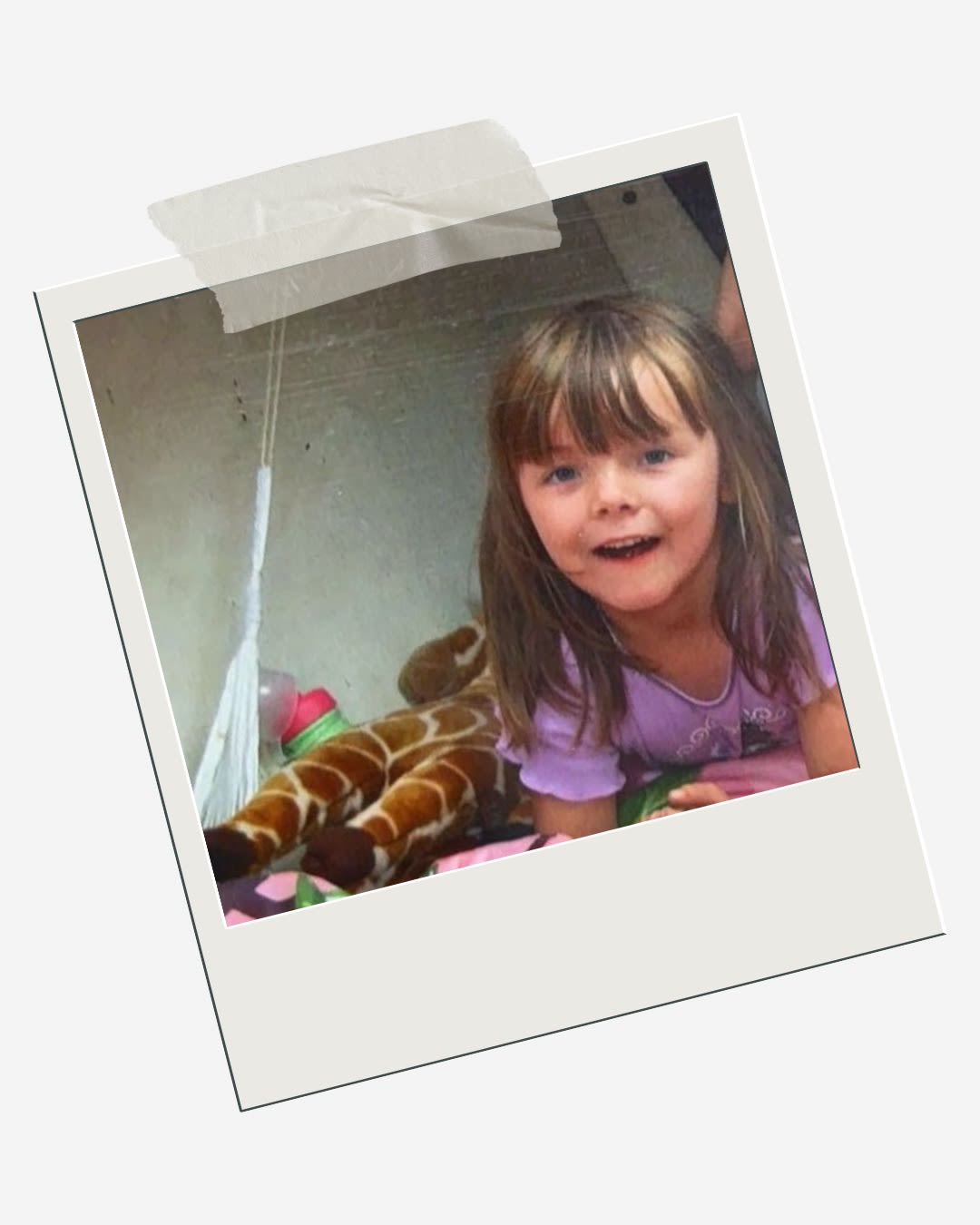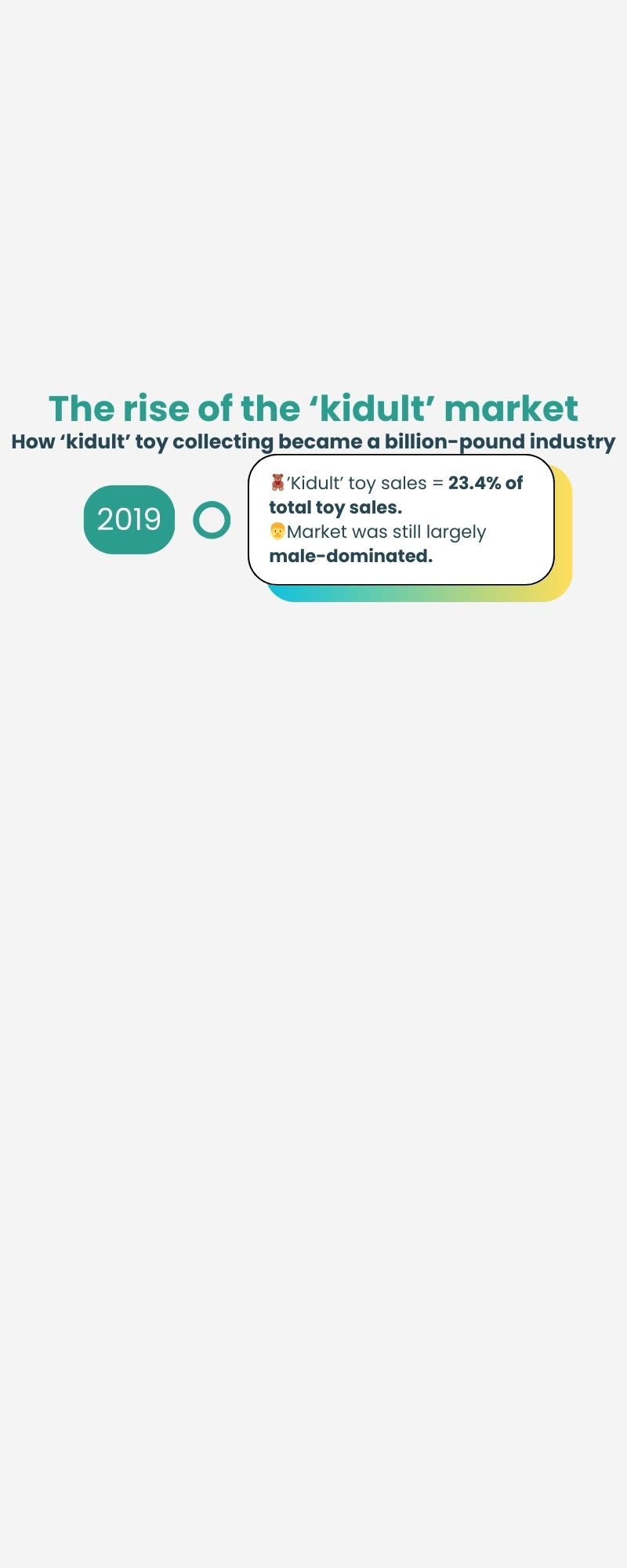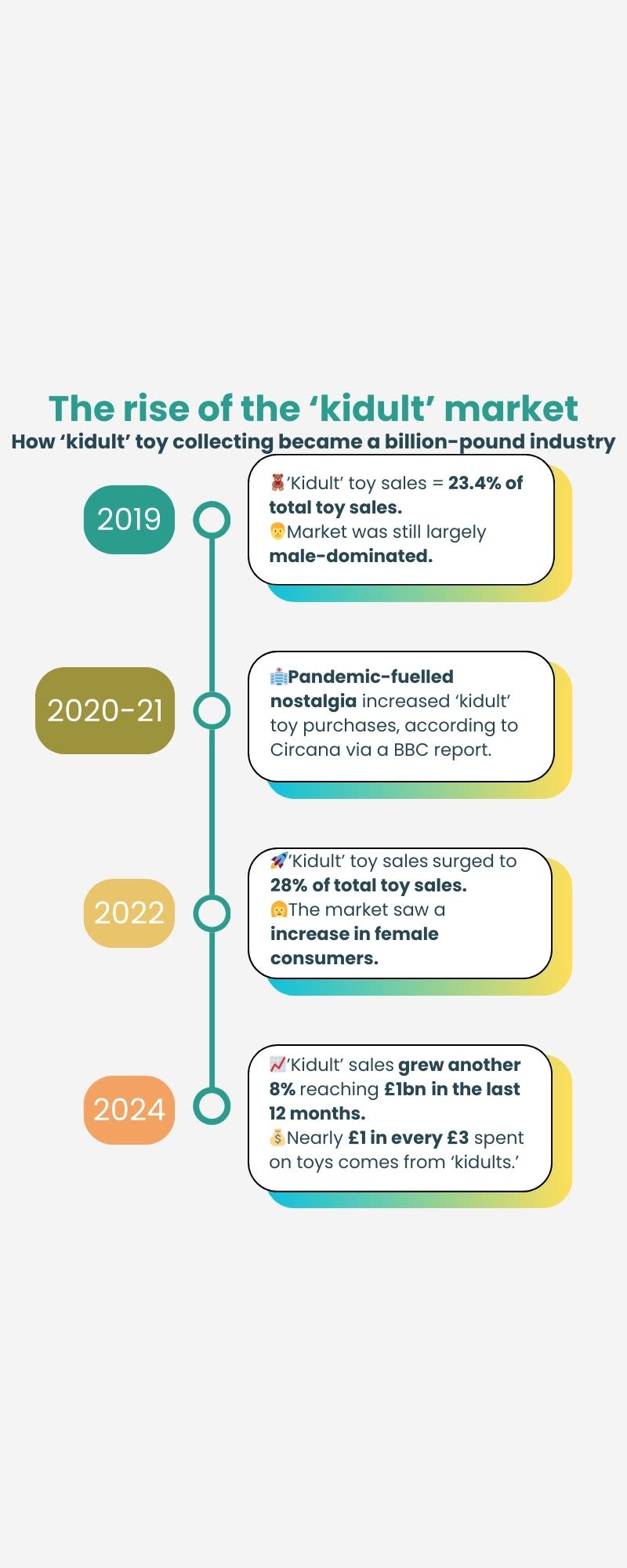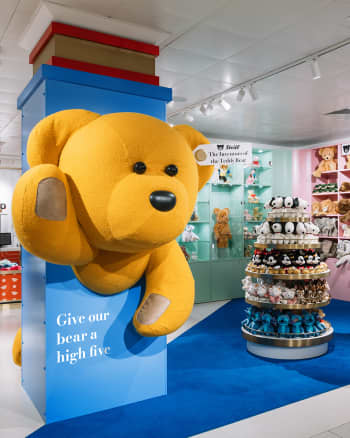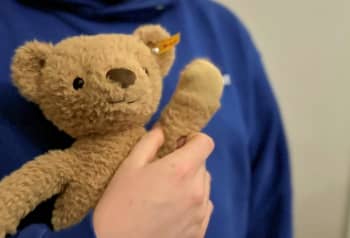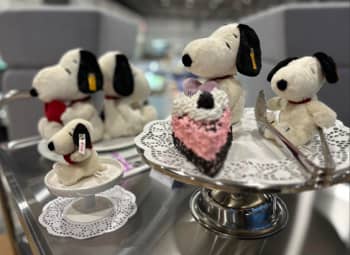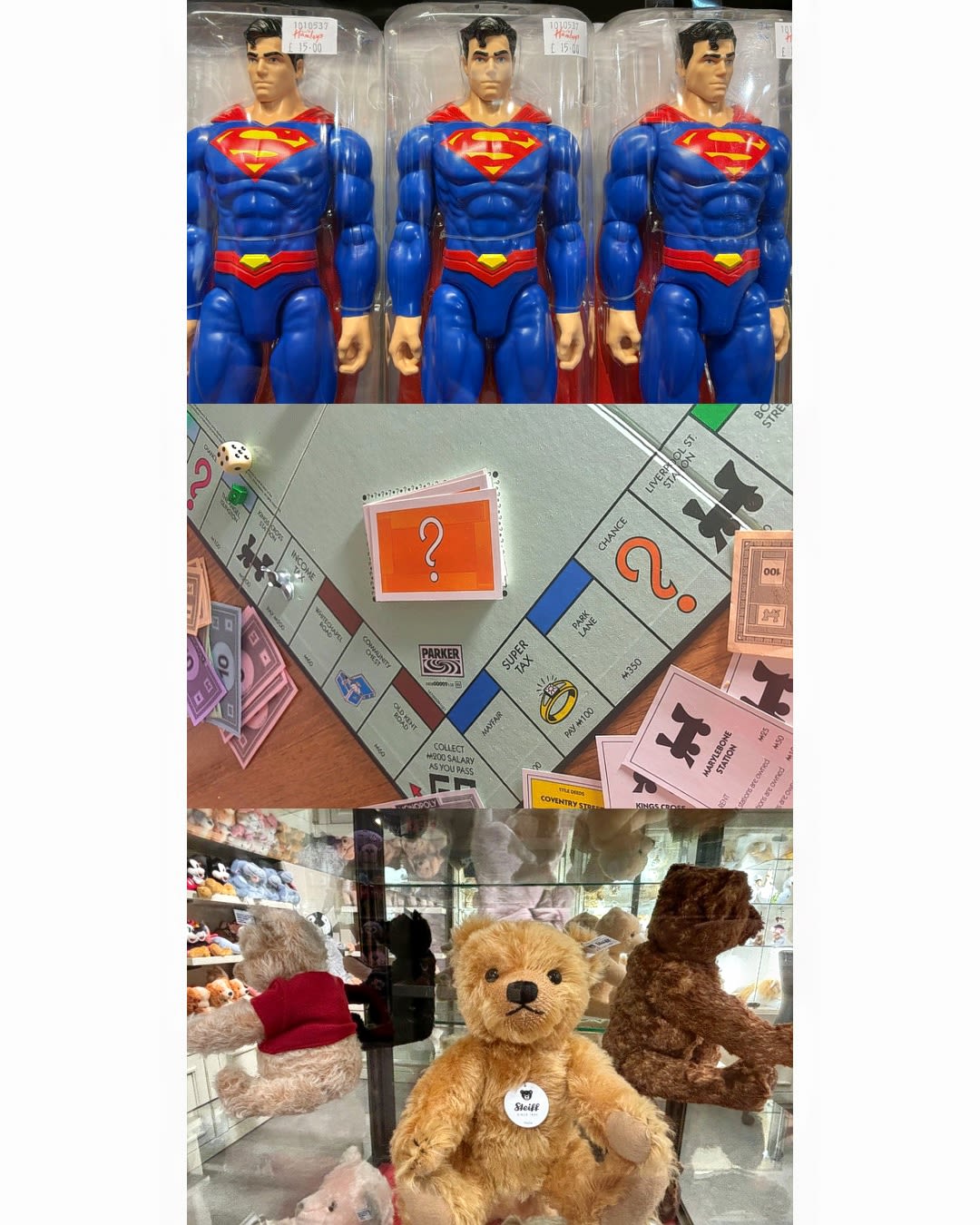The rise of the kidult: Why are adults buying children’s toys?
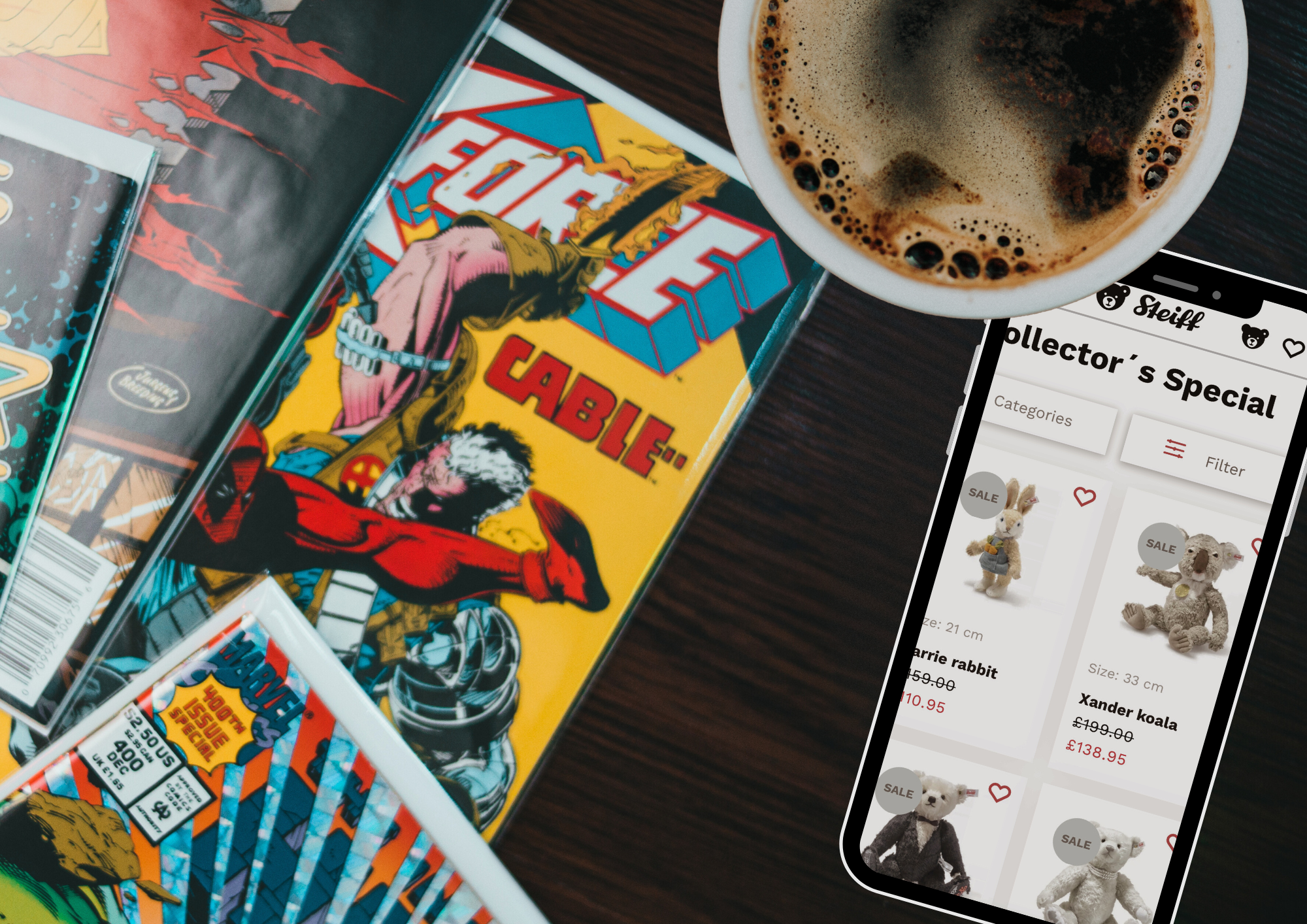
At 20 years old, I’m not ashamed to say that I still have my first childhood toy, a well-worn giraffe that has definitely seen better days. In fact, I’d call it my most precious possession. Some might blame Toy Story for making me personify my stuffed animals, but the truth is, they simply remind me of my younger years. Nostalgia can take many forms: some find it in films, books, or music, while others experience it through food or sentimental objects.
But when it comes to holding on to, or buying "children’s" toys, the reaction is often different. Unlike other nostalgic habits, to some, it still carries a stigma or an assumption of immaturity. However, that perception is beginning to shift. According to toy industry research group Circana, more adults than ever are buying toys, not for their children, but for themselves, signalling a growing trend that challenges traditional ideas about who toys are really for.
Libby Jennings, aged 7, and stuffed giraffe toy. Credit: Libby Jennings.
Libby Jennings, aged 7, and stuffed giraffe toy. Credit: Libby Jennings.
Timeline of adult toy sales. Link to BBC report. Infographic credit: Libby Jennings.
Timeline of adult toy sales. Link to BBC report. Infographic credit: Libby Jennings.
Timeline of adult toy sales. Link to BBC report. Infographic credit: Libby Jennings.
Timeline of adult toy sales. Link to BBC report. Infographic credit: Libby Jennings.
Timeline of adult toy sales. Link to BBC report. Infographic credit: Libby Jennings.
Timeline of adult toy sales. Link to BBC report. Infographic credit: Libby Jennings.
Timeline of adult toy sales. Link to BBC report. Infographic credit: Libby Jennings.
Timeline of adult toy sales. Link to BBC report. Infographic credit: Libby Jennings.
The term 'kidult' refers to an adult with an interest in traditionally 'childish' things, particularly toys and collectibles.
However, Circana defines the 'kidult' market as individuals aged 12 and older, a categorisation that differs slightly from the common understanding of the term but serves as the basis for its market analysis.
According to Circana, toy sales within this 12+ age group have surged in recent years, growing from 23.4% of total toy sales in 2019 to 28% in 2022 across key European markets, outpacing sales to younger children.
And this isn’t a passing craze, Circana’s latest report states that sales to 'kidults' increased by 8% in 2024, now accounting for nearly £1 in every £3 spent on toys, equating to a staggering £1bn in the UK over the last 12 months.
Surprisingly, the demographics of toy collecting are shifting too. While 'kidult' purchases have traditionally been more male-dominated, according to Rory Partis, UK Toys & EuroToys Director, as of 2024, there has been stronger growth among women aged 18+, driven by products like LEGO Botanicals and plush toys. This suggests that toy collecting is becoming increasingly inclusive, expanding beyond its stereotypical demographics.
Beyond the statistics
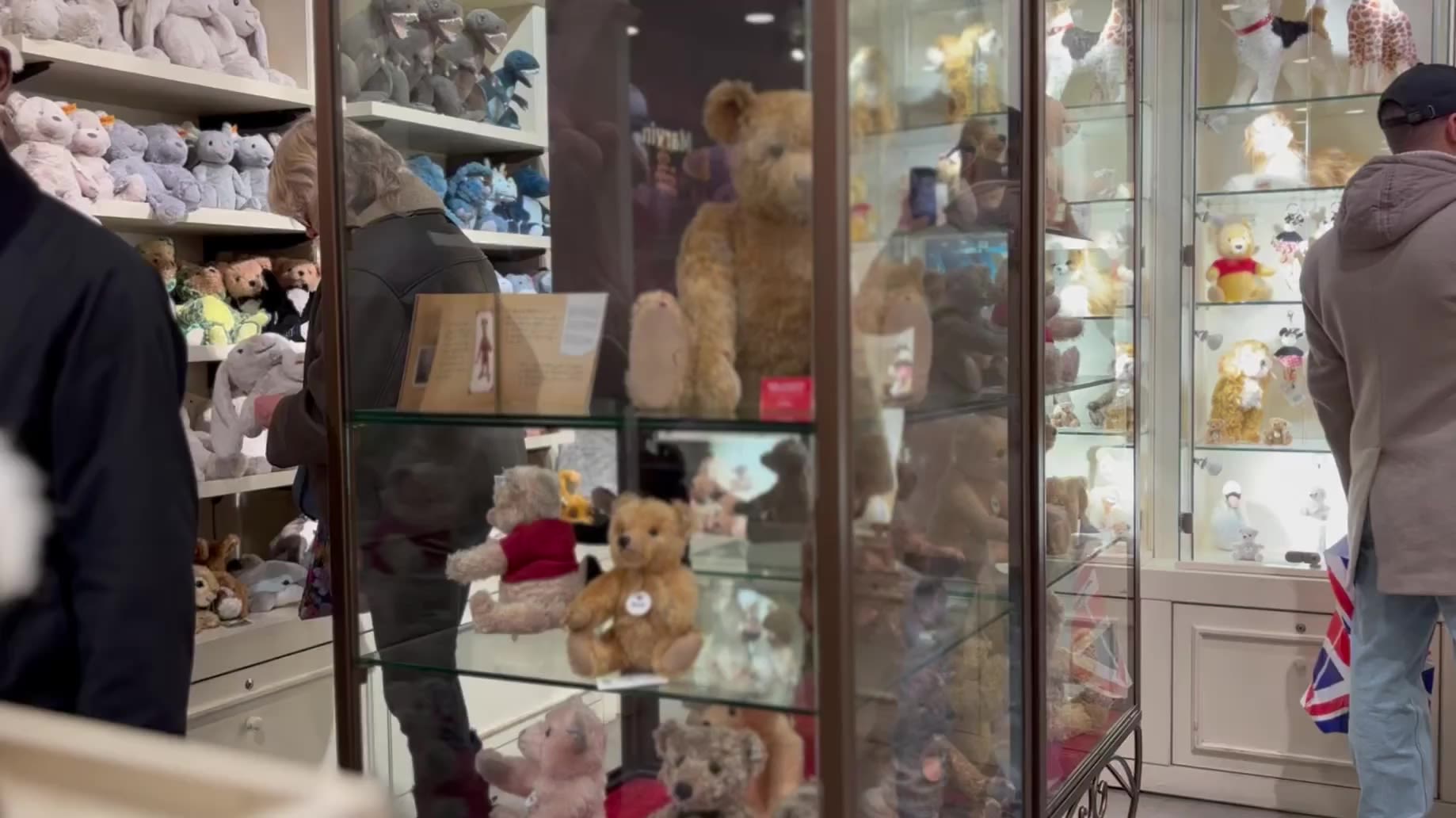
But this shift isn’t just about nostalgia. For many adults, toy collecting is now a form of personal identity, fandom, and self-expression whether that's through action figures, plush toys, or LEGO sets.
UK Toys & EuroToys Director Partis said: “More toy manufacturers are starting to look at the 'kidult' space as an opportunity. With nearly 50% of adults who buy toys saying they do so because it is fun/good for mental health, then manufacturers can look at the fun aspect of toys and collectibles to appeal to buyers."
One person who understands the personal connection to toys better than most is Jacqueline Rowland, a lifelong teddy bear collector and dollhouse maker.
"More toy manufacturers are starting to look at the 'kidult' space as an opportunity."
Jaqueline Rowland explains the emotional value of teddy bears and dollhouses. Filming credit: Libby Jennings.
Jaqueline Rowland explains the emotional value of teddy bears and dollhouses. Filming credit: Libby Jennings.
Stefanie Wiesneth, Chief Marketing Officer at Margarete Steiff Store, echoes Rowland's sentiment.
She said: “Our creations evoke warmth, nostalgia, and a sense of security; a universal feeling that transcends age and remains timeless."
Steiff's commitment to emotional ties is evident in how it's managed to maintain an appeal that spans generations. While the company is best known for its iconic teddy bears, it’s ability to forge deep emotional connections has allowed them to cultivate a loyal following among both children and adults.
“We proudly cultivate a loyal community of grown-up Steiff enthusiasts who cherish our heritage of exceptional craftsmanship and premium materials,” Wiesneth added.
But what’s becoming increasingly evident is a shift in who is collecting these toys and why. Wiesneth highlighted a growing interest from over 18s, who may not be traditional collectors, in buying their products as unique interior design elements or playful lifestyle accessories.
She said: “In an increasingly fast-paced and digital world, people seek tactile experiences and comforting objects that bring a sense of well-being and emotional connection.”
Steiff’s latest success with the Snoopy edition bear serves as a perfect example of this shift. The bear resonates not only with children but with fans of all ages who are deeply connected to the cultural significance of the Peanuts characters.
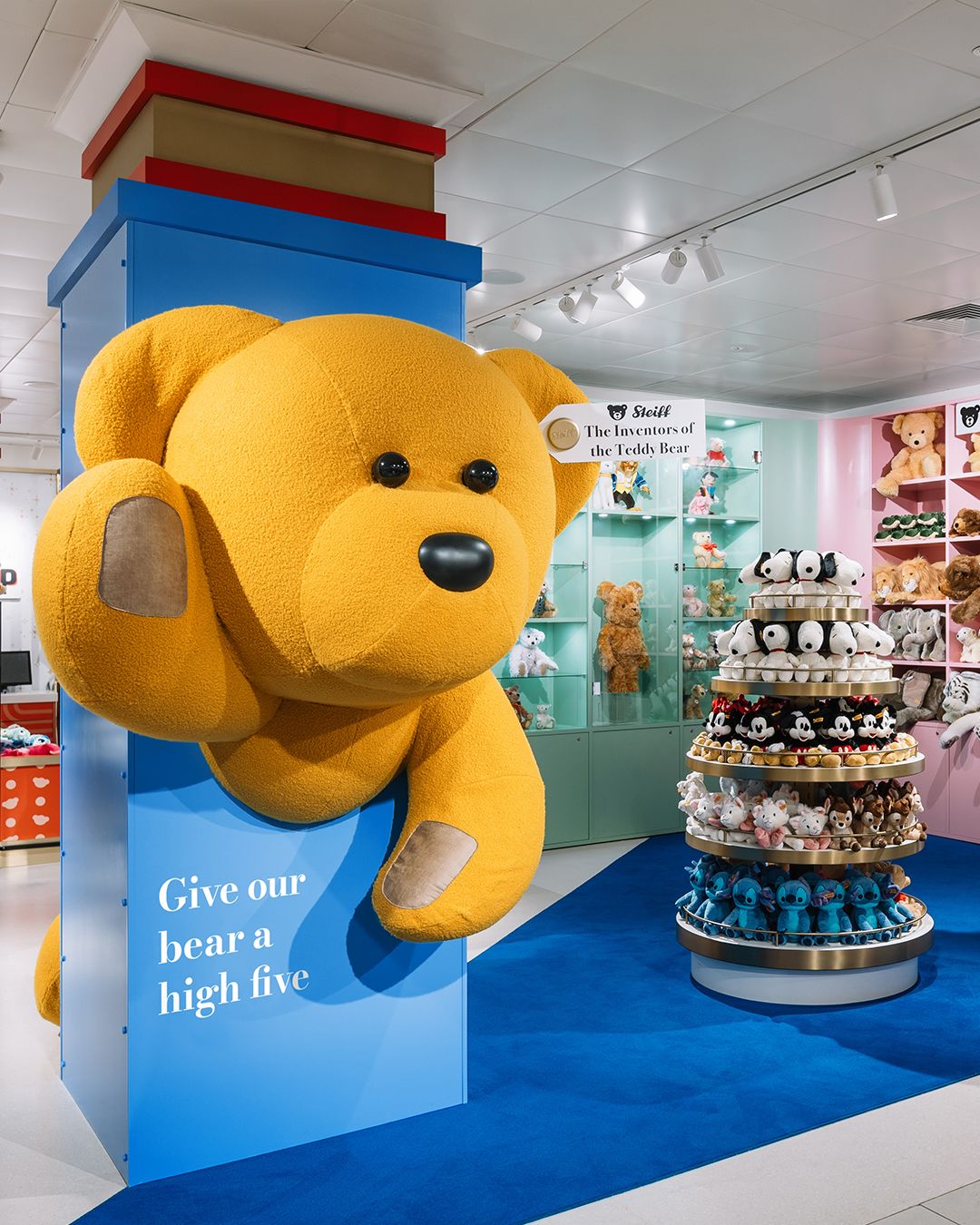
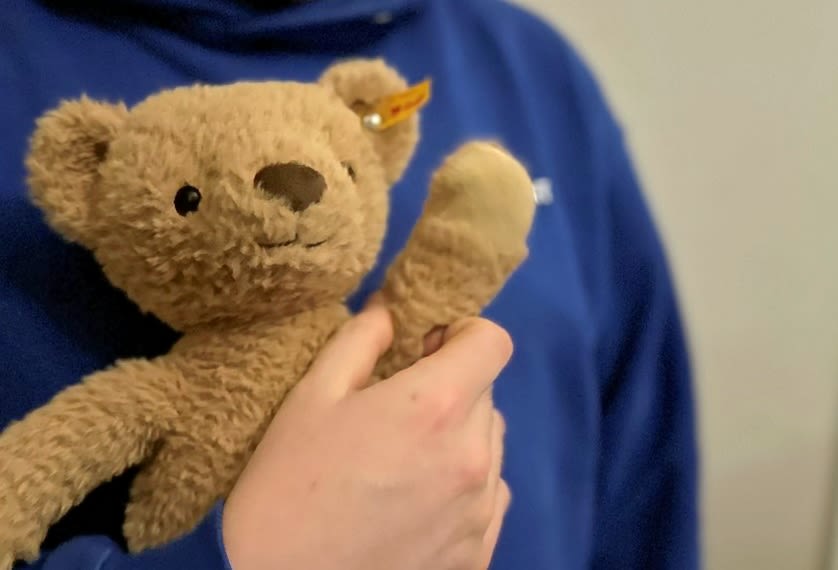
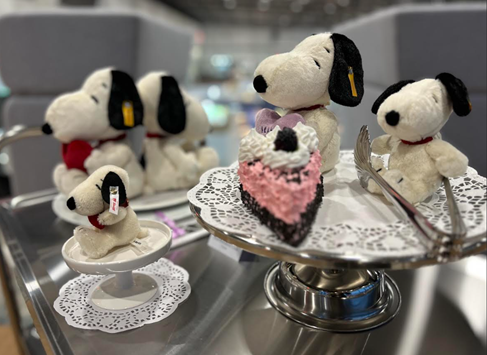
The rise of fandom-driven collecting
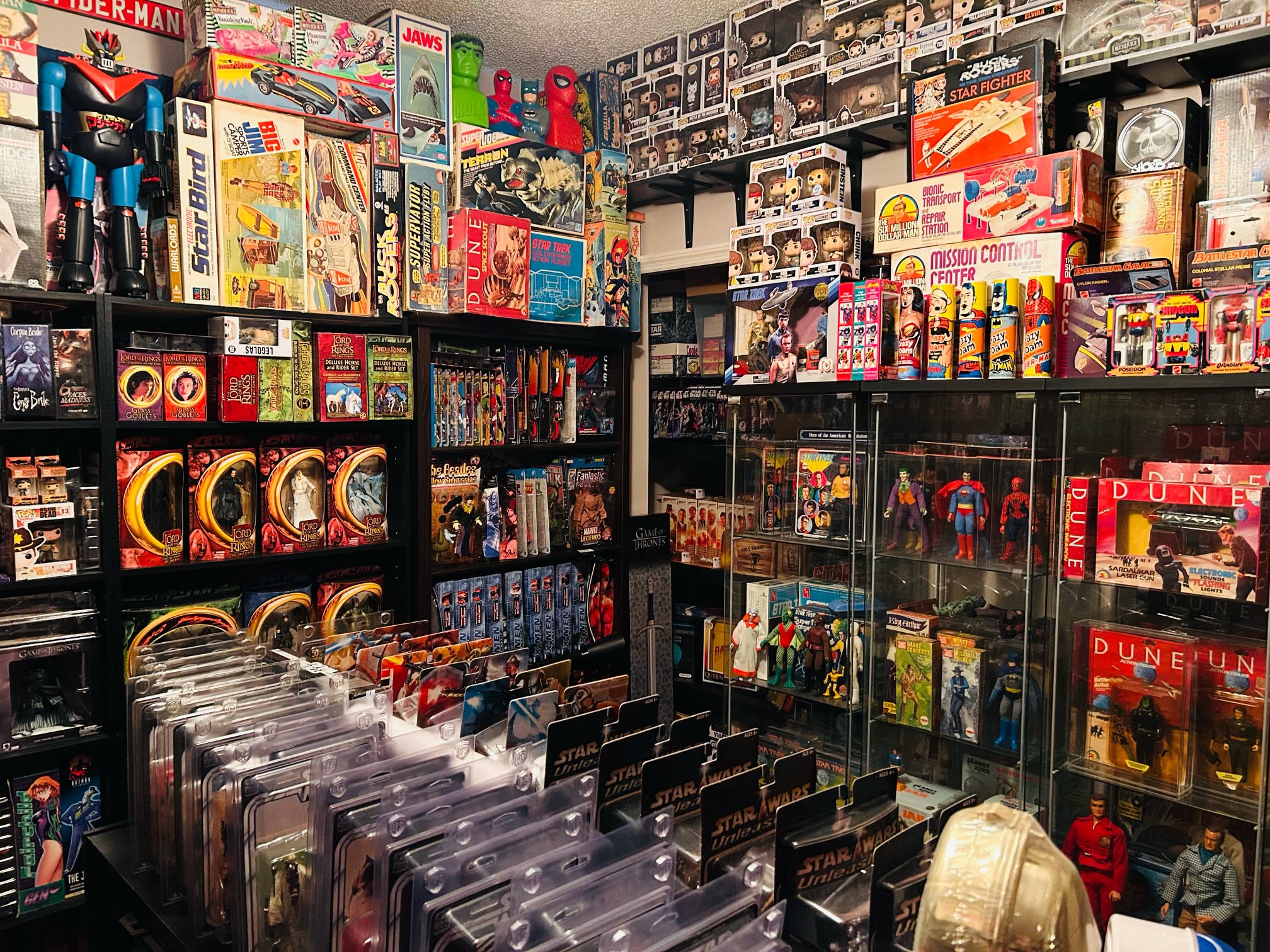
Cultural Trends
A fandom is a community of passionate fans who share a deep appreciation for a particular franchise, character, or genre, often extending beyond childhood interests.
This ability to tap into cultural trends of fandoms is something Steiff, and other toy manufacturers, have come to understand well.
The popularity of toys related to franchises like Peanuts or Star Wars and Pokémon, to name a few, show that toys aren’t just for children.
Social Media
The rise of social media has played a huge role in fueling this. Partis highlights Pokémon as a prime example. He said: “Pokémon was the largest property globally in 2024 and has seen strong growth in recent years.
“It has a large and dedicated fanbase, where they start with the trading cards and are then looking for the license in other toy categories such as Plush and Action Figures.”
COVID-19
In an unexpected twist, the COVID-19 pandemic served as a catalyst for many over 18s to reconnect with their love of toys. Forced to find ways to cope with isolation and uncertainty, many turned to their childhood passions, including collecting.
Research from PubMed Central has shown that lockdowns and restricted social interaction had profound effects on mental health, while also highlighting that engaging in creative outlets, such as collecting, art, or self-expression, can play a significant role in promoting well-being.
Ray Havens from The Toy Collectors Guide, shared how the pandemic allowed him to reflect on his own passion for toys. He found himself with extra time and realised that his dream of opening a vintage toy store wasn’t feasible in the difficult economy at the time. Seeking another way to contribute to the hobby he loved, he decided to create a website to share his knowledge with fellow collectors. After two years of work, he launched the site, calling it one of the best decisions he had ever made.
The Toy Collectors Guide offers detailed pages with photos, descriptions, release dates, accessories, and up-to-date market values for popular vintage toys. While not a strict price guide, it’s a helpful tool for buying and selling. Continuously updated with new content, the site invites users to suggest additional toy series.
Since launching in May 2022, the site has become a go-to spot for toy collectors, with traffic for the site increasing by 3,304% in 2023 and 106% more in 2024.
This growth reflects an increasing demand for toys that help over 18s reconnect with their childhood memories. Havens said: “Many adults seek to reconnect with simpler, happier moments from their childhood through toys, which may share links to past memories or significant milestones. They also offer comfort and possibly a further sense of identity."
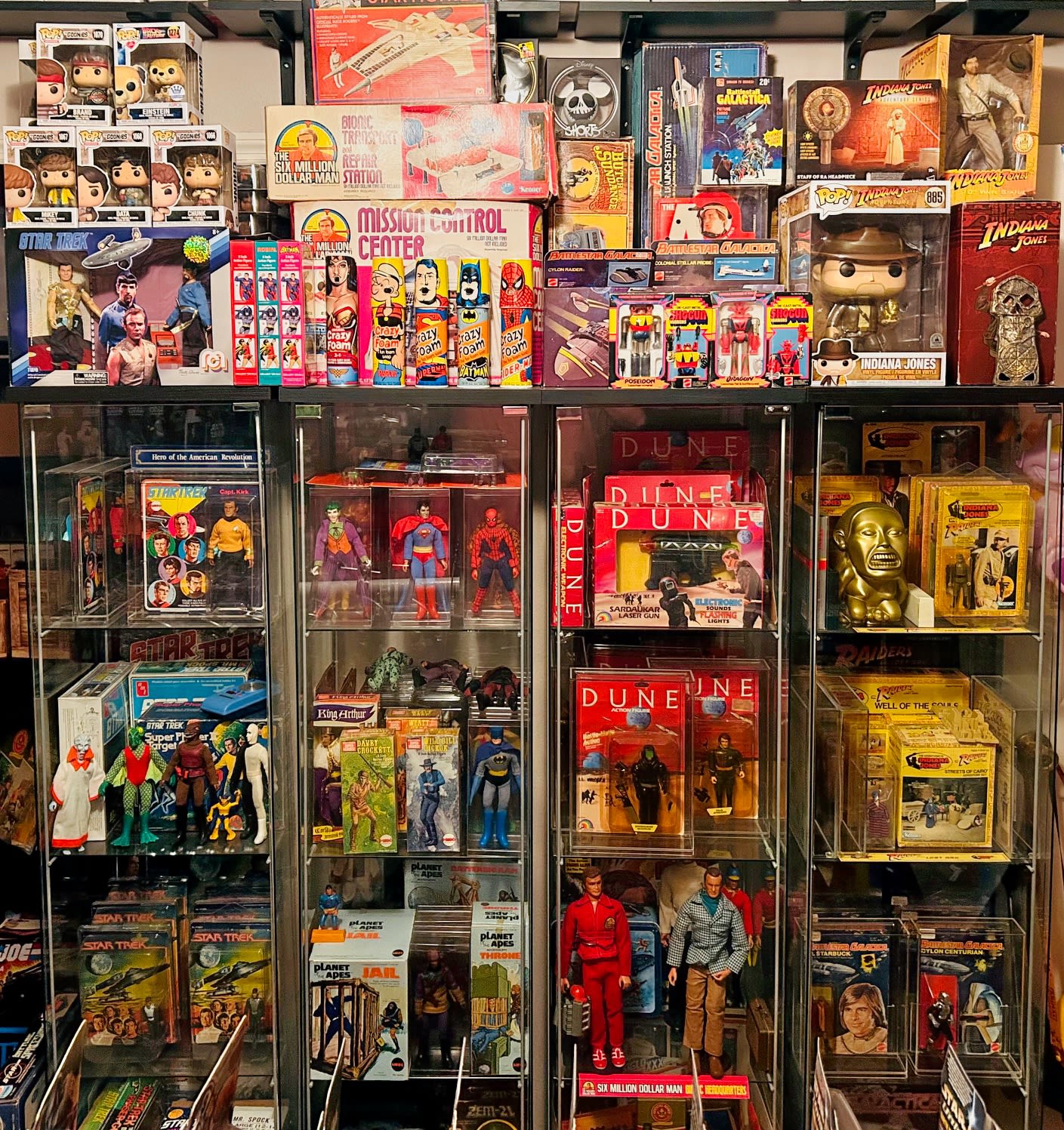
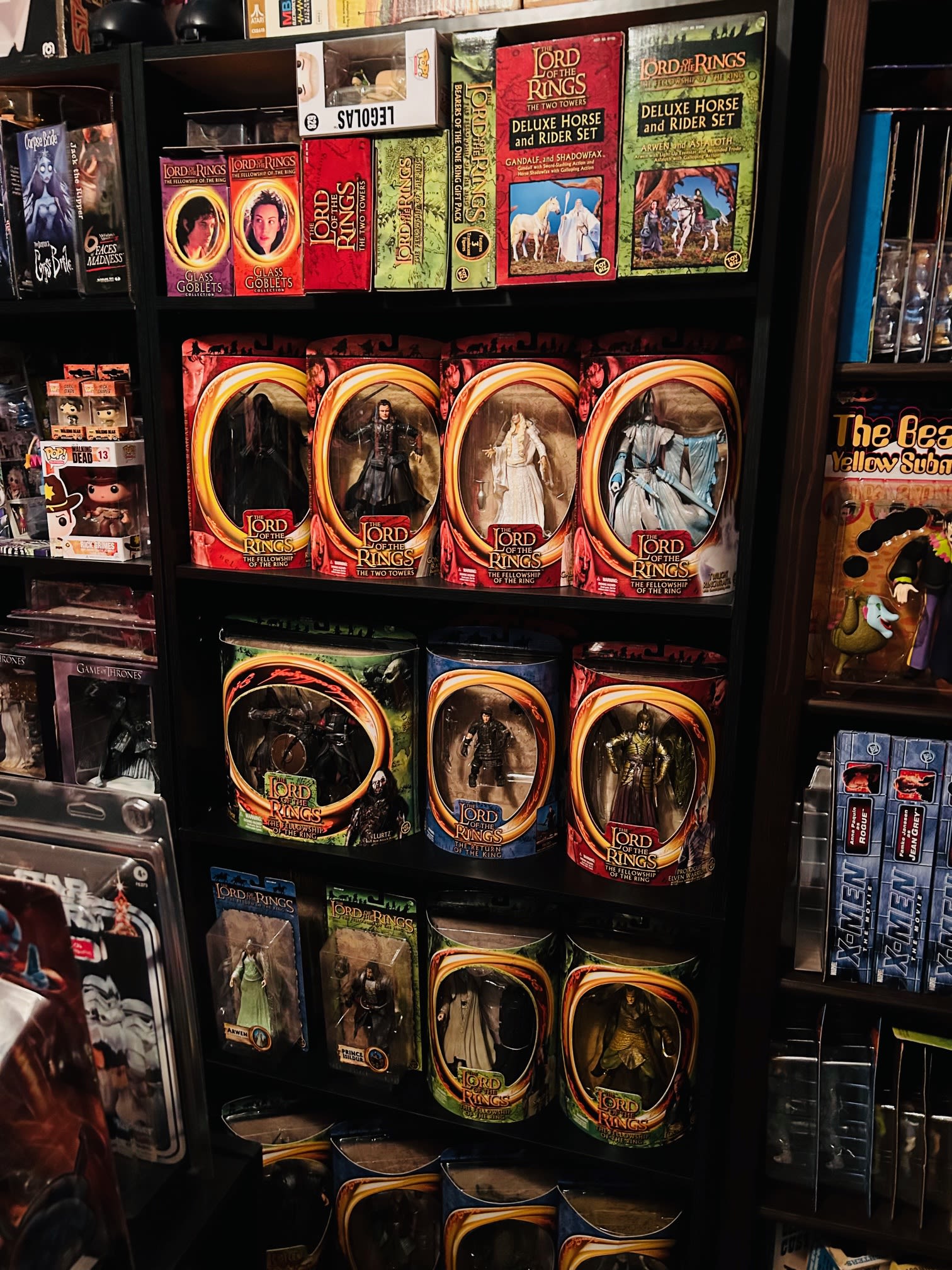
The Toy Collectors Guide's Lord of the Rings collection. Credit: Ray Havens.
The Toy Collector's Guide's Lord of the Rings collection. Credit: Ray Havens.
Partis said: “By tapping into the ‘joy-economy’, toys are increasingly recognised for their positive mental health benefits, as they spark the nostalgic appeal of relaunches and the ongoing reinvention of beloved, established lines, bringing light-hearted enjoyment into consumers’ lives.”
For Havens, collecting is an extension of his fandoms, connecting him to the stories and characters he loves. “Certain franchises just lend themselves well to toy collecting because of their rich world-building, iconic designs, and strong emotional resonance with fans,” he added.
Havens’ story is a familiar one, echoing the experiences of many collectors. Another example is Clive Rowland, a passionate toy and comic book collector. His wife, Jacqueline, reflects on the role collecting played in his life and the joy it brought him.
Jaqueline Rowland shares her late husband Clive's passion for comic books and toys. Filming credit: Libby Jennings.
Jaqueline Rowland shares her late husband Clive's passion for comic books and toys. Filming credit: Libby Jennings.
Clive’s fandom created a love for collecting, it was not just about the items themselves but about preserving memories, fandoms, and the joy they brought him his entire life.
It is clear that toy collecting has outgrown its childhood roots. What was once seen as a nostalgic indulgence has become a legitimate form of self-expression, one that spans generations, industries, and personal identities.
Whether it’s the emotional warmth of a Steiff bear, the thrill of hunting for a rare Star Wars figure, or the satisfaction of completing a LEGO set, toy collecting is no longer just a pastime. It’s a passion, a fandom, and for many, an extension of who they are, and perhaps that’s why my well-loved giraffe still holds a place in my life.
A selection of toys. Credit: Libby Jennings.
A selection of toys. Credit: Libby Jennings.
